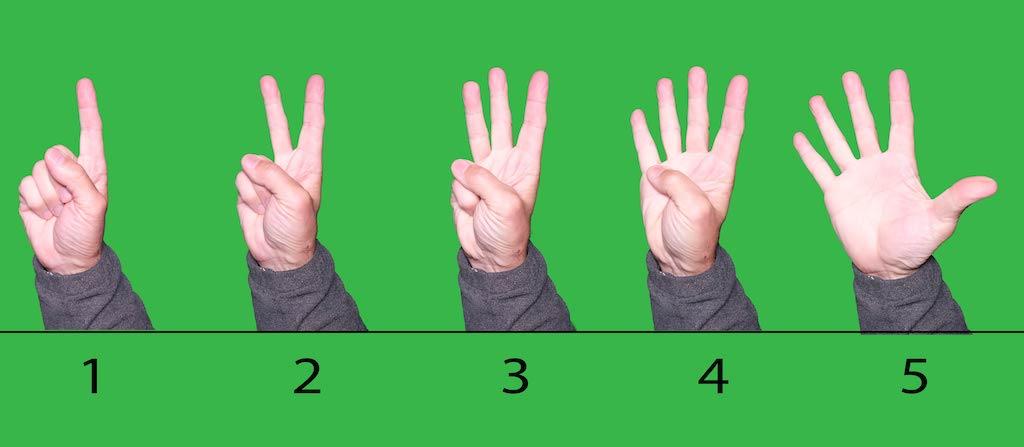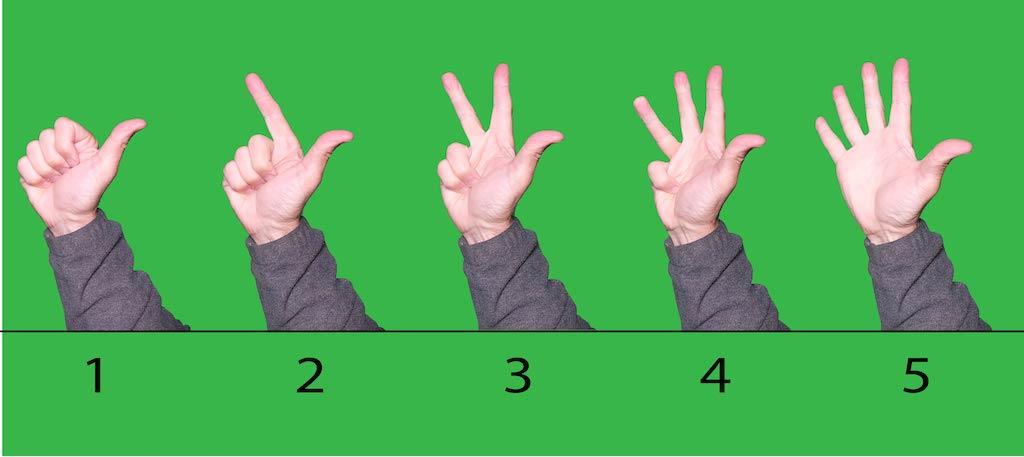
In Part 1 of this article, we suggested hiring a translator or using the services of your local handler or hotel concierge.
Arm yourself with local materials.
Many hotels will have simplified maps of the local area. Ask for one and have them mark the location of the hotel and any locations you would like to visit. This can be a great help with your cab drivers.
Don't leave the FBO, your hotel or other destinations without a business card, matchbook or other items that show where you've been and where you want to go. You can communicate your destination to a non-English-speaking cab driver by handing over the card and pointing.
Electronic Translator
If you have good local area cellphone service, you can use phone applications that translate with reasonable success. They can translate menus, listen to locals speak, and even speak for you. Some of these applications are free. Warning: These applications are far from perfect, and the nuances of various languages make some of the translations suspect. I treat these as a last resort. You are far better off asking someone fluent in both languages for advice.
Learn How to Count and How Not to Offend

If the person greeting you at a restaurant asks, "How many?" and you are with another person, how do you indicate that you need a table for two? In the U.S., you raise two fingers, your index finger and middle finger, usually with your palm facing you and the back of the hand facing the person you are talking with.

For an older person in England, that hand gesture can be offensive, and the correct way would be with the palm of the hand away from you. In most of Europe, the number 2 is indicated with the thumb and the index finger. In Japan, it is the same as the U.S. when indicating the number to others, but with three fingers extended and the thumb and the index finger retracted when counting to yourself to show others the act of counting. Confused? If you remember the U.S. and European methods, you should be OK for most of the world. (But don't be surprised if the person you are communicating with doesn't understand.)
While it may be tempting to use hand gestures to communicate when speech fails you, there are several to avoid. Just as raising only the middle finger with the rest retracted is offensive in the U.S., giving a thumbs up has an equivalent meaning in Iran, Afghanistan and a few of the surrounding countries. While some cultures look upon the circle formed by the index finger and thumb as the letter "O" and the three extended fingers as the letter "K" to mean everything is OK, other cultures view this as flashing a body part and is considered offensive.
You may find that natural hand gestures you use routinely can be seen as rude in other cultures. Pointing with your index finger, for example, may be seen as impolite in Malaysia. The alternative is to point with your thumb or with two fingers. Using your hand with your palm facing you and fingers moving back and forth in a beckoning motion is considered a way to say "come here" in some countries. At best, it is considered rude and demeaning in others. At worst, it is only used to summon dogs in the Philippines. It is never good.
Raising the index and pinkie fingers with the middle two fingers and thumb retracted with palms away is often used to support sports teams, such as the Chicago Bulls, by mimicking the horns of a bull. But in Italy, Spain and some other cultures, it is a sign that accuses a man of being a bull that has been castrated. Not good!
In parts of India and the Middle East, using your left hand for eating, passing money or picking things up can be seen as "unclean." The list of ways to offend goes on and on. The key is to research local customs before you go.
Avoiding The ‘Ugly American’ Syndrome

In some places, the person you are trying to communicate with may feign an inability to understand that may magically disappear when they are handed some “folding money.” The amount varies by location and demand. I was once parked in a sea of Gulfstream business jets at the Olympics. Getting a fuel truck was next to impossible until I produced five $20 bills. The aircraft owner thought it was highway robbery. I told him it was a cost of doing business. You cannot let a few international “entrepreneurs” dim your view of the world or impact the way you behave.
We often think of the 1959 novel by Eugene Burdick and William Lederer, The Ugly American, as a critique of unthinking U.S. tourists, looking down their noses at the lesser peoples of the world. In fact, it was a critique of members of the U.S. government traveling abroad, particularly the diplomatic corps. These government officials were unwilling to learn the local language or adapt to local customs. They were indeed ugly Americans.
I think we in the aviation business have better reputations and that is due in part to the fact that we recognize our success is dependent on everyone’s ability to communicate. English is the international language of aviation. But what we do encompasses more than just aviation.
When The Natives Don’t Speak Your Language, Part 1:
https://aviationweek.com/business-aviation/bca/when-natives-dont-speak-…
